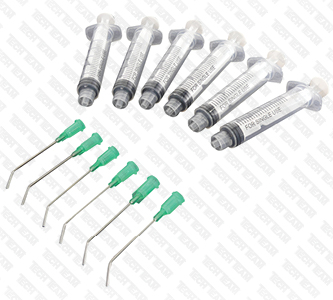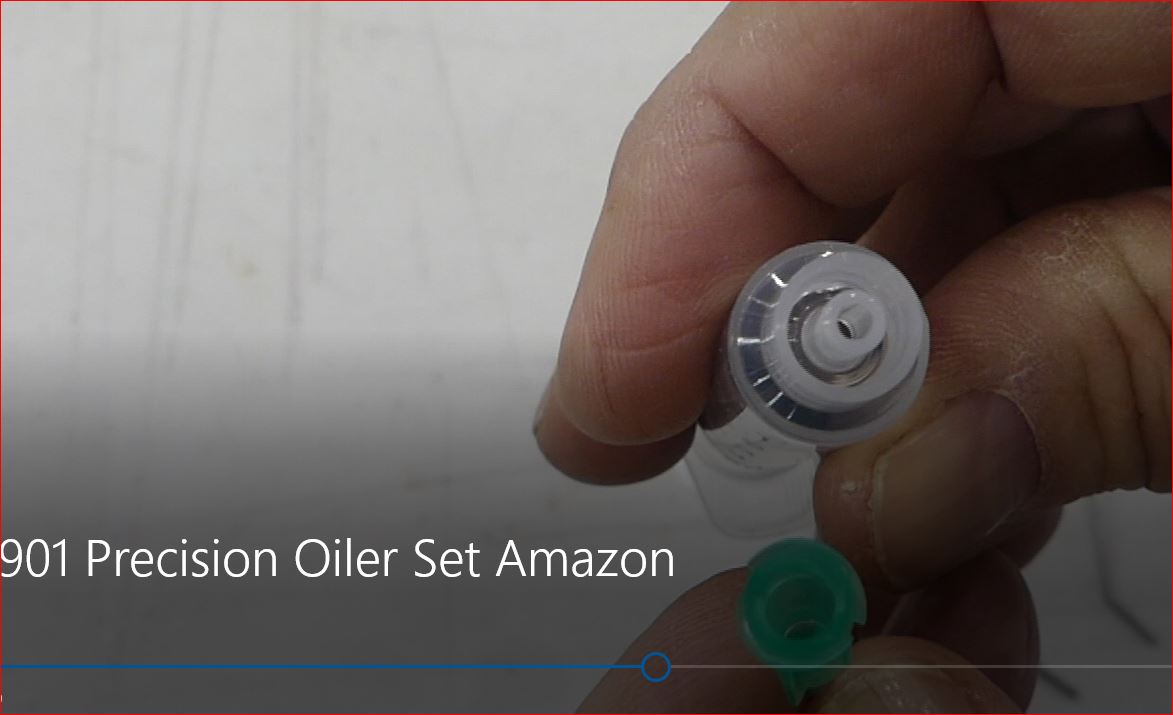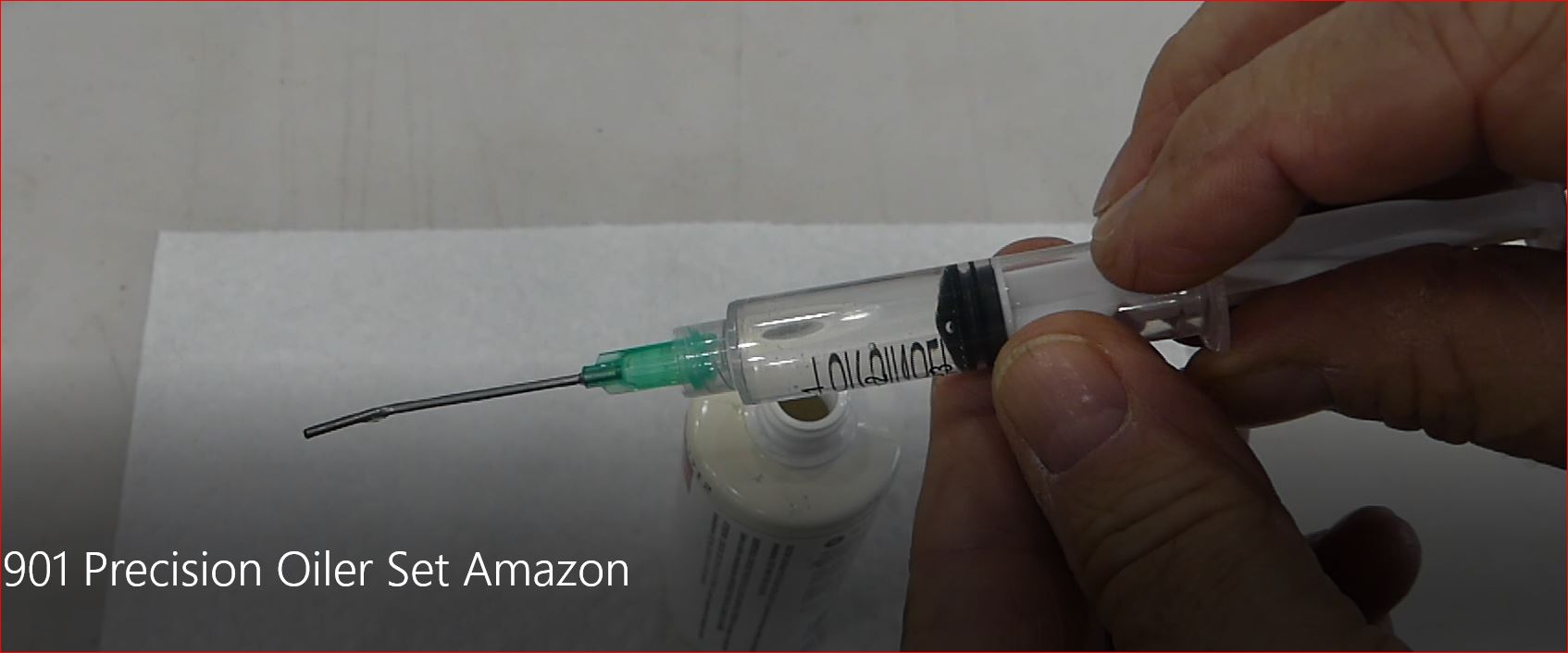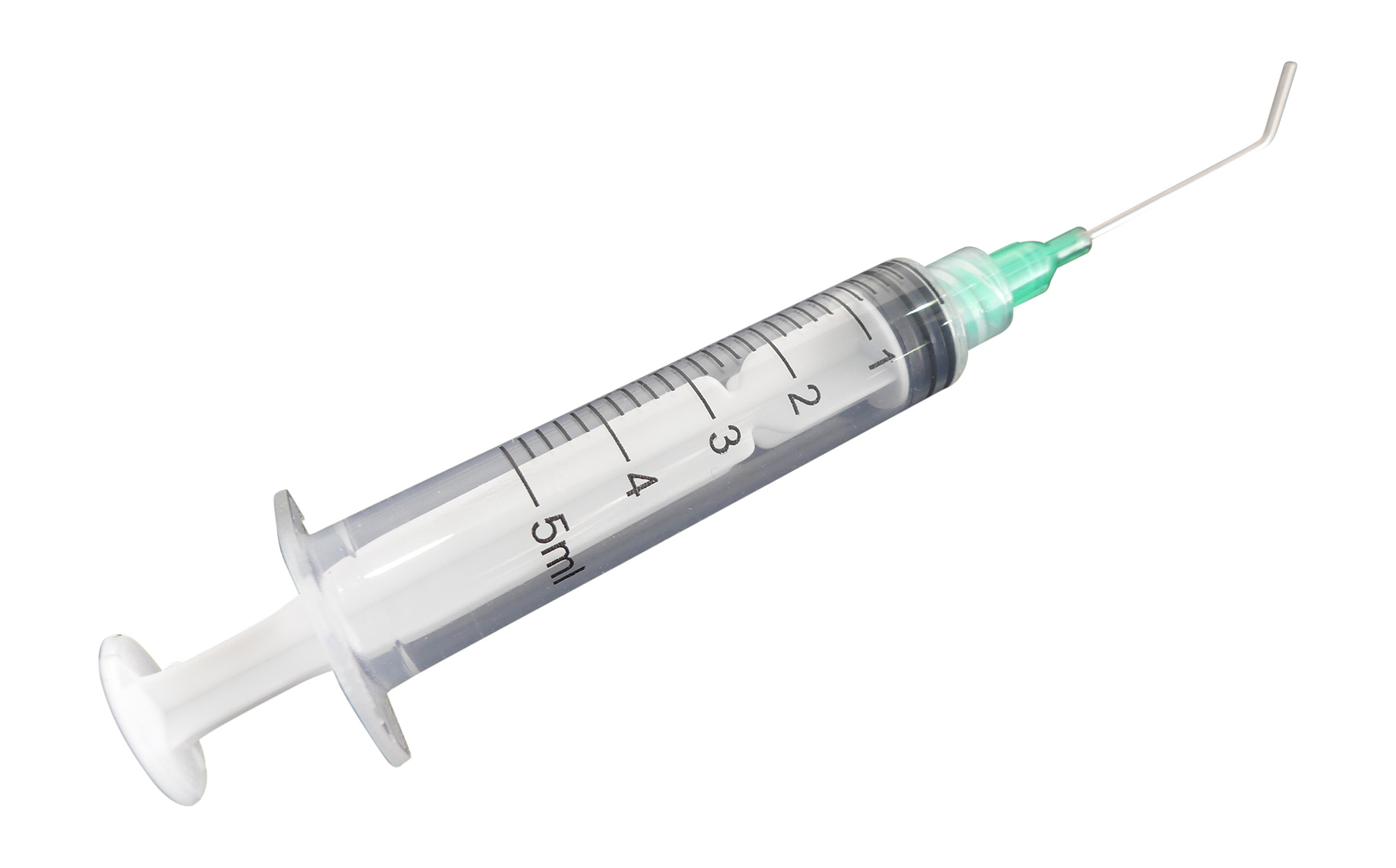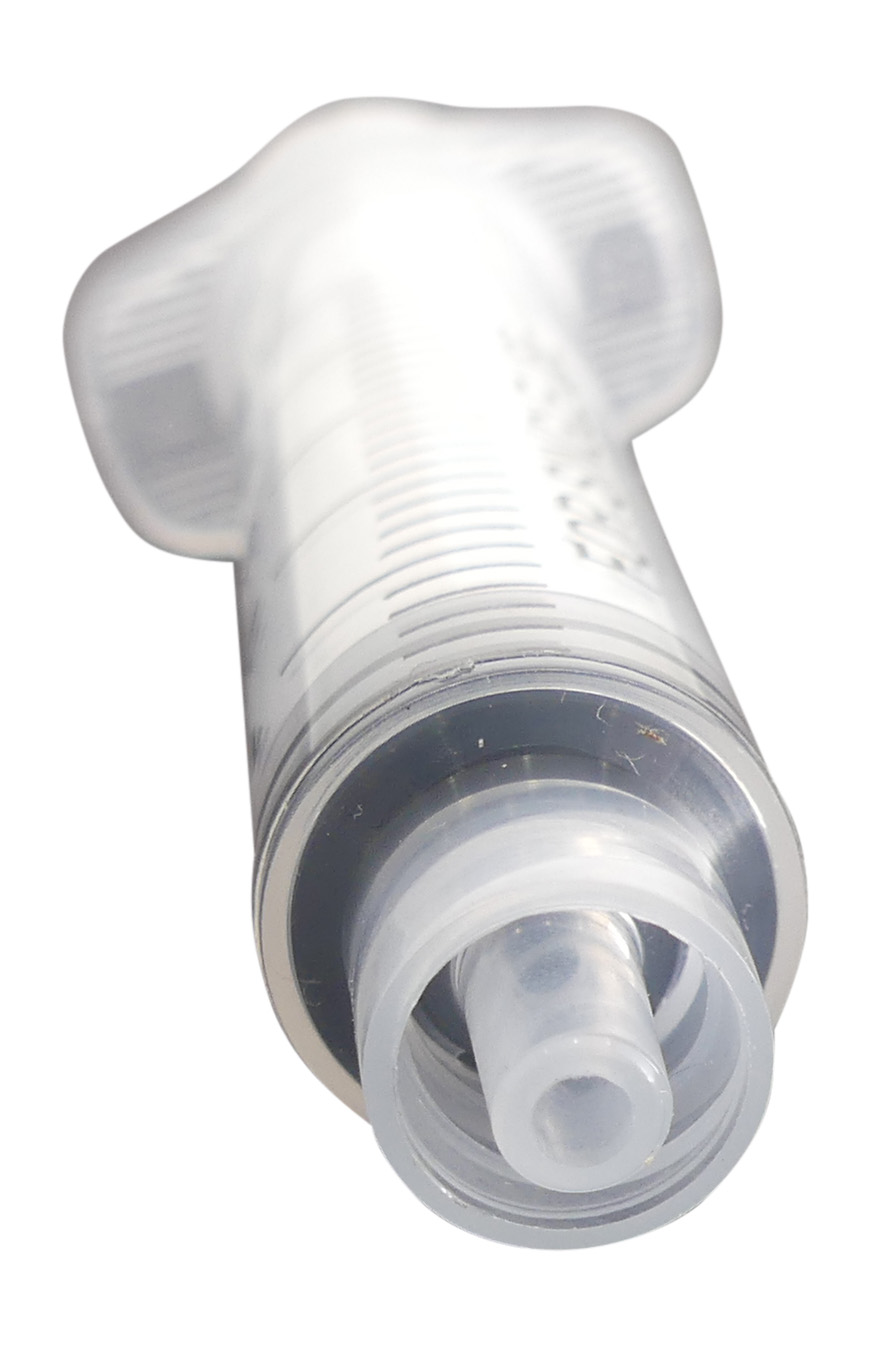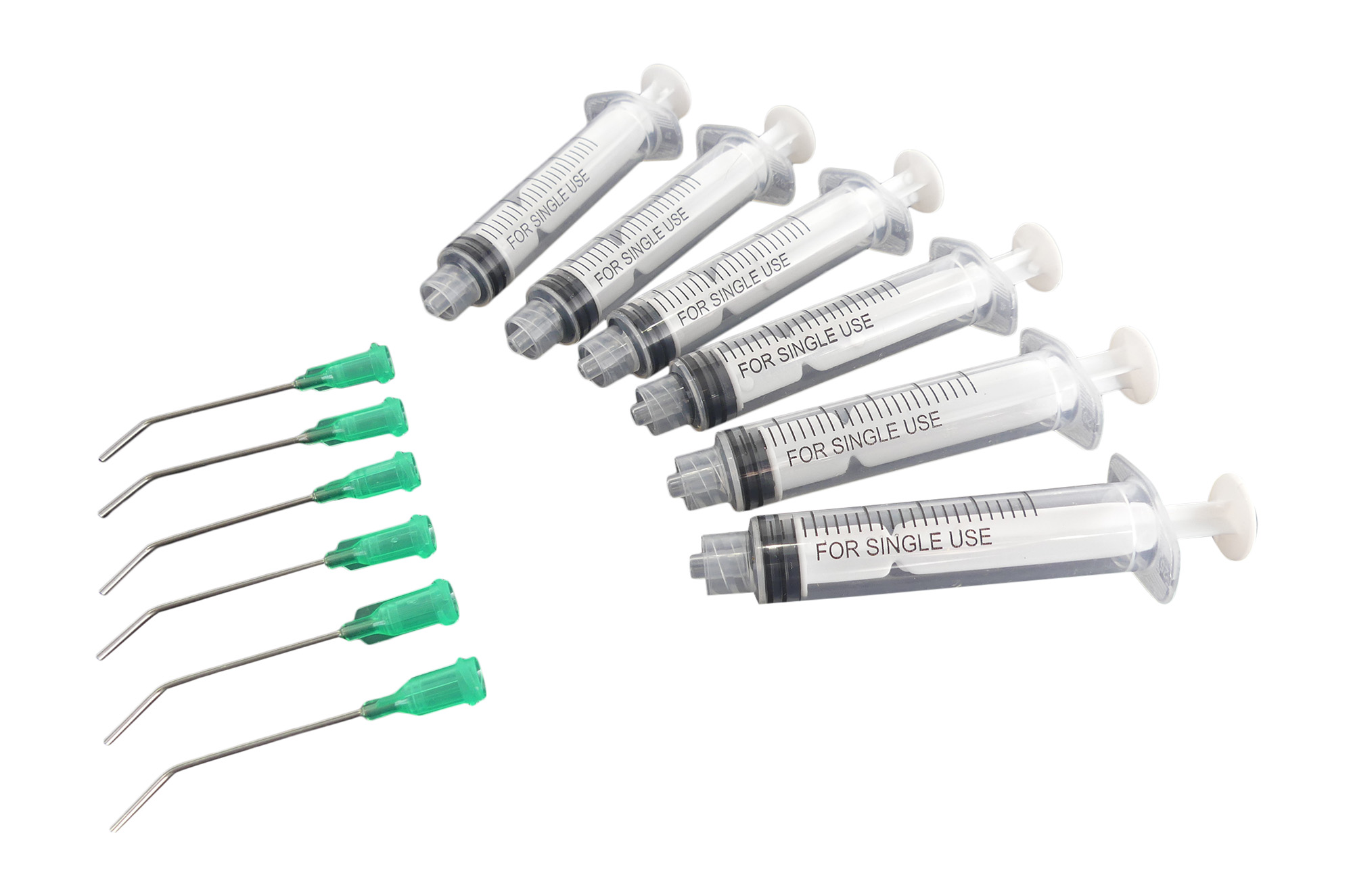Description
Tech Team’s #901 5 ml polypropylene syringes with secure 18G stainless steel Luer Lock applicator nozzles are perfect for drop by drop application of oils, lubricants, adhesives, inks, paint, perfume, flux, and essential oils. Each syringe has a clearly marked ml scale for accurate measurement of fluids which makes it ideal for measuring additives for 2 cycle engine fuel mixes. Each applicator nozzle comes sealed with a break-away cap on the end. Simply break the cap off, reverse it and use it to seal the end of the applicator tube. The applicator tube connects to the syringe body with a secure Luer Lock twist-on connection. The syringes feature a polypropylene body and plunger with a vinyl seal. Using volatile solvents and corrosive chemicals such as, but not limited to, lacquer thinner and acetone should be avoided, and a 24-hour compatibility test is advised for any fluids that fit this category. Appropriate safety gear such as gloves and eye protection should be used at all times. These syringes are NON-STERILE and are intended for industrial and hobby use. The ability of the syringe to work easily is directly dependent on the viscosity of the fluid. Thin fluids work well, thick ones can become problematic. The set includes five (5) syringes and five (5) nozzles with 18G 45-degree stainless steel tips.
Tech Team sells 4 different sizes of home, workshop, hobby, and industrial type, non medical syringes in the following sizes:10, 20, 30 and 50 milliliter. In order to avoid damage during shipping and packing the plastic nozzles and caps are not attached to the syringes.
Product Details
The nozzles use the Luer Lock system for connecting to the syringe. In order to attach the nozzle just simply place the nozzle into the socket on the end of the syringe, get it seated, give it a slight clockwise twist and it’s connected. In order to start using a syringe first you have to disconnect the cap that is attached to the end of the nozzle tube. Attaching the cap to the end of the nozzle ensures that they remain intact and don’t get lost during the shipping and packing process. To remove the cap, simply twist it off. Once you’ve taken the cap off, it’s simply a matter of turning it over and putting the open end over the end of the nozzle, pushing it in place to seal the end of the nozzle. This is an important feature for those times when you have something in the syringe that you want to save for future use. All of our syringes consist of a nozzle, a plunger and a barrel. The barrel of each syringe is clearly marked with graduated fill lines to show how much fluid is being drawn into your syringe. The fill lines are in milliliters, and as a point of reference, 29.4 milliliters equals one fluid ounce. For example, our 30 milliliter syringe holds just a touch more than one fluid ounce.
What happens when you pull back the piston or the plunger is that a vacuum is created inside the barrel and then that draws fluid through the nozzle. And then when you push down on the plunger it forces the fluid out the tip of the nozzle. The seal on the plunger creates a very tight fit between the plunger and the barrel wall of the syringe. This pretty much ensures an almost airtight fit between the piston in the syringe body.
To empty the syringe, it’s simply a matter of pushing on the plunger and forcing the fluid out. If the fluid you’re using is very thin and therefore has a very low viscosity it will move rather easily in and out of the syringe. If you use fluid or adhesive or something of that nature that’s thicker, needless to say, the process of drawing it in and forcing it out is going to be slower and require a little bit more force. There are literally hundreds of uses for a syringe outside of hobbies, applying adhesive, applying lubricants and things like that. One popular use is feeding small animals like a baby chick. Another popular use is measuring 2 cycle oil additive for your chainsaw or weed whacker. This way you get the exact correct ratio of fuel to gasoline.

